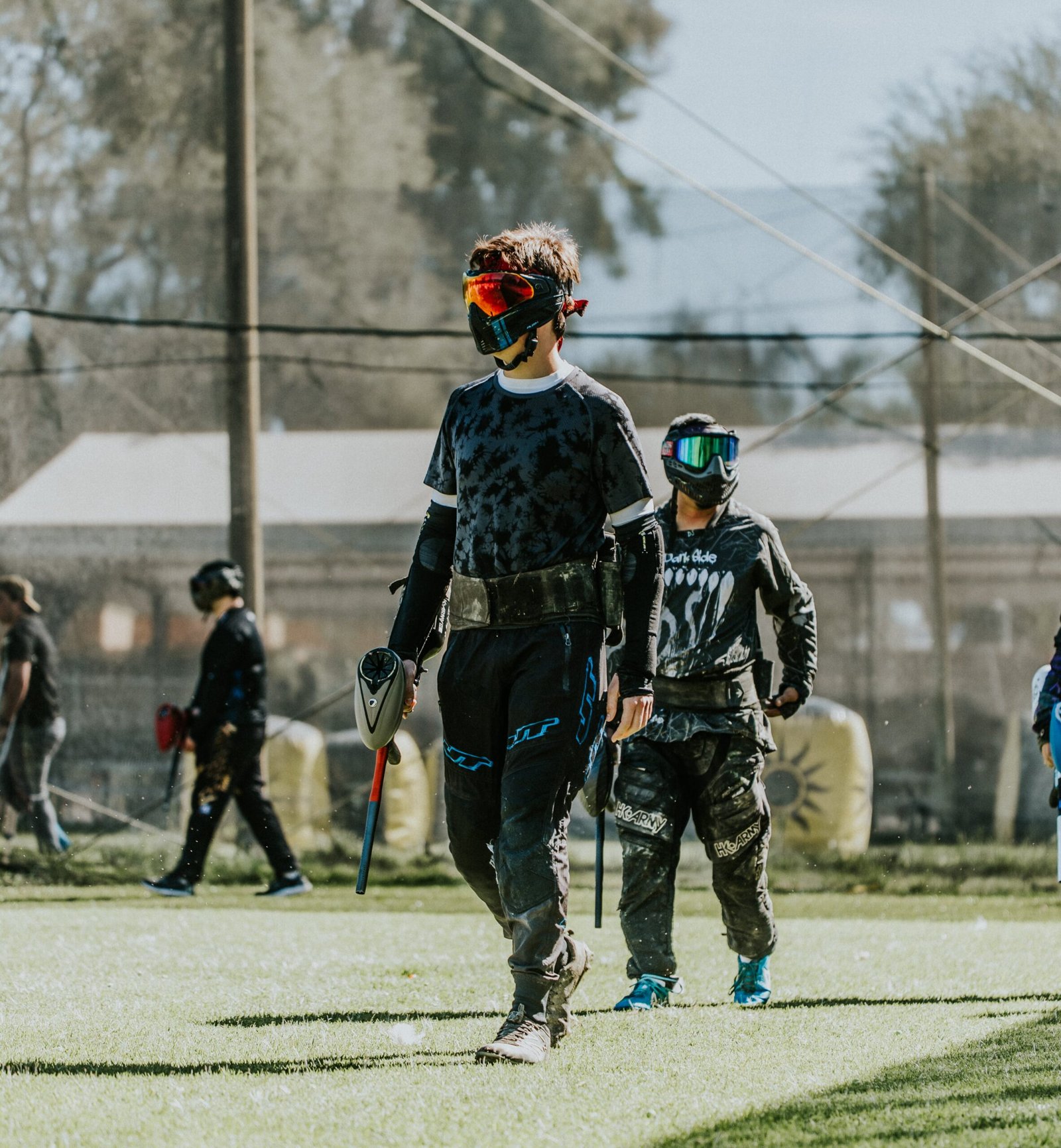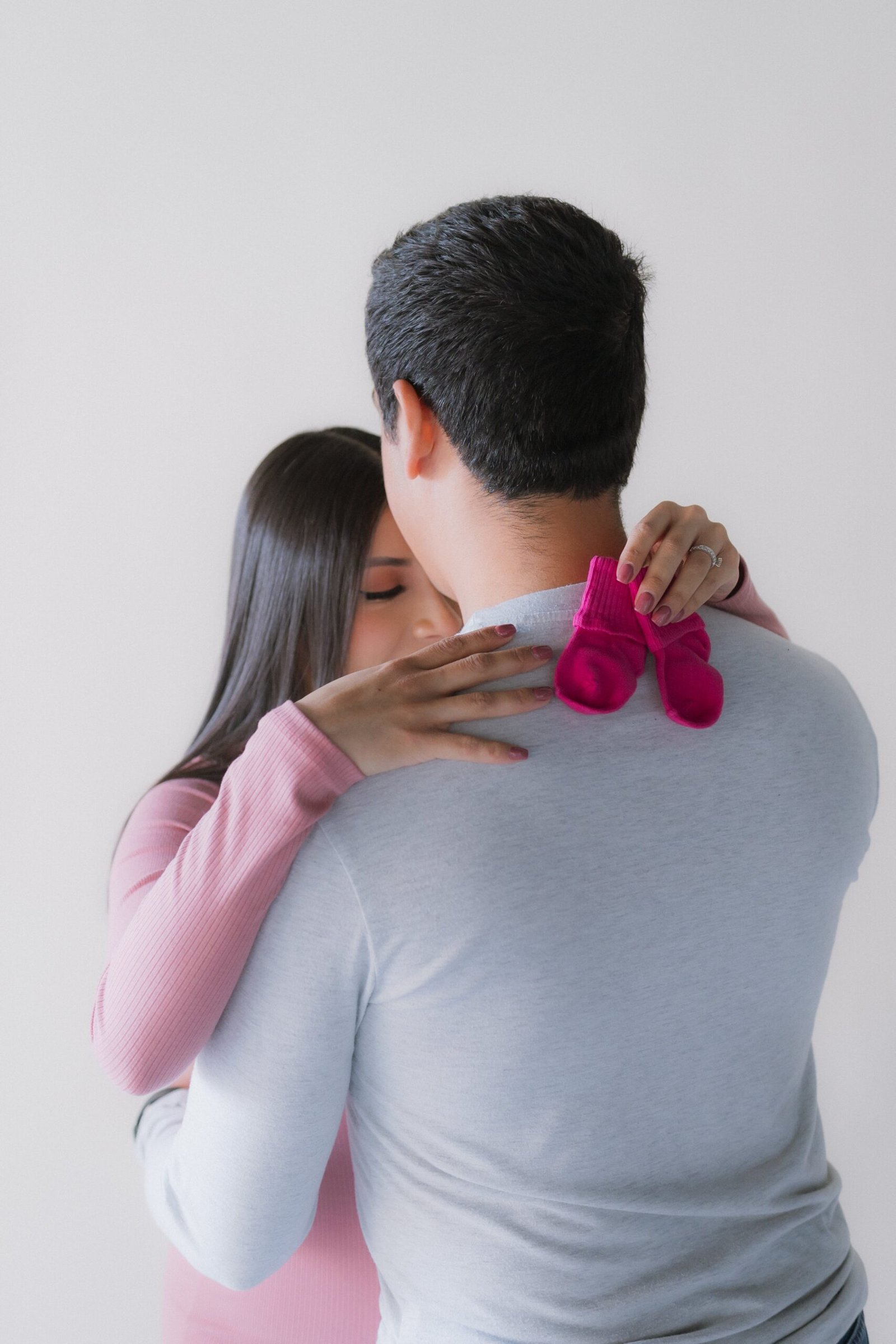
Are you struggling with left shoulder pain that keeps you awake at night? In this article, we will explore the various causes of this uncomfortable sensation, offering you insights into what might be behind your nocturnal discomfort. From common conditions like rotator cuff injuries and frozen shoulder to less-known causes such as referred pain from the neck or heart, understanding the root of your left shoulder pain at night is the first step towards finding relief and improving your sleep quality. So, grab a cozy blanket and let’s uncover the reasons behind your nighttime discomfort.

Muscle or ligament strain
Causes of muscle or ligament strain
Muscle or ligament strain in the left shoulder can occur due to a variety of reasons. One common cause is overuse or repetitive movements involving the shoulder. This can happen if you engage in activities that require repeated arm movements, such as throwing a ball or lifting heavy objects. Another possible cause is sudden trauma or injury to the shoulder, such as a fall or impact. Poor posture, weak shoulder muscles, or inadequate warm-up before physical activity can also contribute to the strain.
Common symptoms
If you experience a muscle or ligament strain in your left shoulder, you may feel pain or discomfort in the affected area. This pain can range from mild to sharp, depending on the severity of the strain. You might also notice limited range of motion in your shoulder, making it difficult to perform certain movements. Swelling, tenderness, and muscle stiffness are other common symptoms associated with this type of injury.
Treatment options
Treating muscle or ligament strain in the left shoulder typically involves a combination of rest, ice, compression, and elevation (RICE). It is important to avoid activities that aggravate the pain and give your shoulder sufficient time to heal. Applying ice packs or cold compresses can help reduce swelling and alleviate pain. Gentle stretching and strengthening exercises, under the guidance of a physical therapist, can aid in the recovery process. In some cases, over-the-counter pain medications may be recommended for pain management. It is always advisable to consult with a healthcare professional for an accurate diagnosis and appropriate treatment plan.
Rotator cuff injury
Causes of rotator cuff injury
Rotator cuff injury is another potential cause of left shoulder pain, especially at night. The rotator cuff is a group of muscles and tendons that help stabilize and move the shoulder joint. Injury to the rotator cuff can occur due to repetitive overhead motions, such as those involved in sports like tennis or pitching. Aging can also contribute to the development of rotator cuff injuries, as the tendons become weaker and more susceptible to damage. Trauma, such as a fall or accident, can also lead to a rotator cuff injury.
Common symptoms
If you have a rotator cuff injury, you may experience pain in your left shoulder that worsens during the night, especially when lying on the affected side. The pain might radiate down the arm or even affect sleep quality. Weakness in the shoulder, difficulty lifting or reaching, and a clicking or popping sensation when moving the shoulder are other common symptoms of a rotator cuff injury.
Treatment options
Treatment for a rotator cuff injury often begins with conservative approaches, such as rest, ice, and physical therapy. Avoiding activities that aggravate the pain and allowing the shoulder time to heal is essential. Physical therapy exercises can help strengthen the surrounding muscles and improve range of motion in the shoulder. In some cases, a doctor may recommend anti-inflammatory medications or corticosteroid injections to help relieve pain and reduce inflammation. For severe cases or those that do not respond to conservative treatment, surgery may be necessary to repair the damaged tendon.
Frozen shoulder
Causes of frozen shoulder
Frozen shoulder, also known as adhesive capsulitis, is a condition characterized by stiffness and pain in the shoulder joint. The exact cause of frozen shoulder is not known, but certain factors can increase the risk of developing this condition. Some common causes include shoulder injury or surgery, prolonged immobilization of the shoulder, and certain medical conditions such as diabetes or thyroid disorders. It is more common in individuals between the ages of 40 and 70 and is more prevalent in women.
Common symptoms
If you have a frozen shoulder, you may experience progressive pain and stiffness in your left shoulder. The pain can be especially noticeable at night and may interfere with sleep. The range of motion in the shoulder gradually diminishes, making it difficult to perform everyday tasks that require lifting or reaching. In severe cases, the shoulder may become completely rigid, limiting movement altogether.
Treatment options
The treatment approach for frozen shoulder generally consists of pain management and physical therapy. Non-steroidal anti-inflammatory drugs (NSAIDs) or analgesics may be prescribed to alleviate pain and reduce inflammation. Physical therapy exercises aimed at stretching and strengthening the shoulder joint can help improve flexibility and restore range of motion. In some cases, a doctor may recommend corticosteroid injections directly into the shoulder joint to reduce inflammation. If conservative treatments do not provide relief, manipulation under anesthesia or surgery might be considered.
Shoulder impingement syndrome
Causes of shoulder impingement syndrome
Shoulder impingement syndrome occurs when the tendons of the rotator cuff become compressed or irritated as they pass through the narrow space between the arm bone and the acromion, a bony projection of the shoulder blade. This compression can result from repetitive overhead motions, such as lifting or throwing, which may cause inflammation and swelling in the surrounding tissues. Shoulder impingement can also develop due to poor posture, muscle imbalances, or structural abnormalities in the shoulder joint.
Common symptoms
If you have shoulder impingement syndrome, you may experience pain or aching in the front or side of your left shoulder. The pain might worsen with overhead activities, reaching behind the back, or sleeping on the affected side. Weakness and difficulty lifting objects or performing certain movements are common symptoms as well. In some cases, shoulder impingement can also cause clicking or popping sensations during shoulder movement.
Treatment options
Treating shoulder impingement syndrome often involves lifestyle modifications, physical therapy, and pain management. Resting the shoulder and avoiding activities that worsen the symptoms is crucial for recovery. Physical therapy exercises can help improve shoulder mechanics, strengthen the surrounding muscles, and restore proper alignment. Pain relievers, such as NSAIDs, and corticosteroid injections may be recommended to manage pain and reduce inflammation. If conservative measures fail, arthroscopic surgery might be considered to remove any bone spurs or repair damaged tissues.

Tendinitis
Causes of tendinitis
Tendinitis, also known as tendonitis, refers to inflammation or irritation of a tendon. In the left shoulder, tendinitis can occur in various tendons, including the biceps tendon, rotator cuff tendons, or the tendons in the shoulder joint. Repetitive motions, such as those involved in sports or certain occupations, can cause micro-tears in the tendons and lead to inflammation. Aging, overuse, poor posture, and sudden injuries can also contribute to the development of tendinitis.
Common symptoms
If you have tendinitis in your left shoulder, you may experience pain, tenderness, and swelling around the affected tendon. The pain is typically worse with movement, especially overhead activities or lifting. Stiffness, weakness, and a sensation of grating or crackling in the shoulder joint are other common symptoms. Tendinitis can range from acute (short-term) to chronic (long-term) depending on the severity and duration of the inflammation.
Treatment options
The treatment of tendinitis in the left shoulder usually involves a combination of rest, physical therapy, and pain management strategies. Resting the shoulder and avoiding activities that exacerbate the pain is crucial for the healing process. Physical therapy exercises can help strengthen the surrounding muscles, improve flexibility, and promote proper biomechanics in the shoulder joint. Nonsteroidal anti-inflammatory drugs can be used to alleviate pain and reduce swelling. In some cases, a doctor may recommend corticosteroid injections to provide temporary relief. Severe or chronic cases of tendinitis may require surgical intervention to repair or remove damaged tissues.
Bursitis
Causes of bursitis
Bursitis refers to the inflammation of the bursae, small fluid-filled sacs that cushion and reduce friction between bones, tendons, and muscles in the shoulder joint. Bursitis can occur in different areas of the shoulder, such as the subacromial bursa or the bursa beneath the deltoid muscle. Overuse or repetitive motions, trauma, and underlying medical conditions, such as arthritis or gout, can contribute to the development of bursitis in the left shoulder.
Common symptoms
If you have bursitis in your left shoulder, you may experience pain, tenderness, and swelling in the affected area. The pain is typically worsened by movements that put pressure on the inflamed bursa, such as lifting and reaching overhead. The shoulder might feel stiff and limited in its range of motion. In some cases, redness or warmth may be present around the shoulder joint.
Treatment options
Treatment for bursitis in the left shoulder aims to reduce pain and inflammation while promoting healing. Resting the shoulder and avoiding activities that aggravate the symptoms is crucial. Applying ice packs or cold compresses to the affected area can help alleviate pain and reduce swelling. Nonsteroidal anti-inflammatory drugs may be recommended to manage pain and swelling. Physical therapy exercises can aid in the recovery process by strengthening the shoulder muscles and improving range of motion. In severe cases, where conservative treatments do not provide relief, aspiration of the bursa fluid or surgical removal of the inflamed bursa may be considered.

Arthritis
Causes of arthritis
Arthritis refers to inflammation of one or multiple joints, and various forms of arthritis can affect the shoulder joint. Osteoarthritis, the most common type, occurs due to the wear and tear of the joint cartilage that cushions the bones. Rheumatoid arthritis is an autoimmune disease that causes inflammation in the joints, including the shoulder. Other forms, such as psoriatic arthritis or gout, can also lead to shoulder joint inflammation.
Common symptoms
If you have arthritis in your left shoulder, you may experience pain, stiffness, and swelling in the joint. The pain is often worse with movement and can limit your ability to perform everyday activities. Gradual loss of motion, weakness, and joint deformity may also be present in advanced stages of arthritis. The symptoms can vary depending on the type of arthritis and the severity of the condition.
Treatment options
The treatment of arthritis in the left shoulder involves a combination of pain management and lifestyle modifications to improve joint function. Nonsteroidal anti-inflammatory drugs or pain relievers may be prescribed by a healthcare professional to alleviate pain and reduce inflammation. Physical therapy exercises can help strengthen the surrounding muscles and improve range of motion. In some cases, corticosteroid injections directly into the joint can provide temporary relief. If conservative treatments fail to provide adequate pain relief, surgical options, such as joint replacement or arthroscopy, may be considered.
Fracture or dislocation
Causes of fracture or dislocation
Fractures or dislocations in the left shoulder can occur due to traumatic events, such as falls, sports injuries, or accidents. A fracture refers to a break in the bone, while a dislocation involves the displacement of the bones in the joint. The collarbone (clavicle), shoulder blade (scapula), or upper arm bone (humerus) can be affected in these types of injuries.
Common symptoms
If you have a fracture or dislocation in your left shoulder, you may experience severe pain, swelling, and deformity in the affected area. The pain can be intense and worsen with movement or touch. Limited range of motion, bruising, and visible bone protrusions are common symptoms. In the case of a dislocation, the shoulder joint may appear visibly out of place.
Treatment options
Treatment for fractures or dislocations in the left shoulder depends on the severity and location of the injury. Immobilization, often with the use of a sling or brace, is typically necessary to stabilize the shoulder while healing takes place. Pain management with medications and icing the area can help alleviate discomfort and reduce swelling. Certain fractures may require realignment or surgical intervention to ensure proper healing. Physical therapy, once the bones have healed, can assist in restoring strength, mobility, and flexibility in the shoulder.
Heart-related causes
Causes of heart-related left shoulder pain
Although left shoulder pain is commonly associated with musculoskeletal issues, it can sometimes be a symptom of underlying heart conditions. Angina, which is chest pain caused by reduced blood flow to the heart, can radiate to the left shoulder. Another cardiac cause of left shoulder pain is a heart attack. During a heart attack, blocked blood vessels can cause referred pain to different parts of the body, including the shoulder.
Common symptoms
If left shoulder pain is a result of heart-related causes, it may be accompanied by other symptoms indicative of cardiovascular problems. Chest pain or discomfort, shortness of breath, dizziness, nausea, and sweating are common signs of heart-related issues. The intensity and duration of pain can vary depending on the specific condition.
Treatment options
If you suspect that left shoulder pain is related to a heart condition, it is essential to seek immediate medical attention. Diagnosing and treating heart-related causes require the expertise of healthcare professionals. Treatment options can range from medications, lifestyle changes, and surgical interventions, depending on the underlying cardiac condition. Swift intervention is crucial to ensure proper management and reduce the risk of complications.
Referred pain
Causes of referred pain to the left shoulder
Referred pain occurs when pain is felt in a different part of the body than the actual source of the problem. Several medical conditions can lead to referred pain in the left shoulder. For example, gastrointestinal issues like gallbladder disease or acid reflux can cause left shoulder pain. Additionally, conditions affecting the diaphragm, lungs, or spleen can give rise to referred pain in the shoulder.
Common symptoms
Referred pain to the left shoulder can manifest as a dull or sharp ache, and the intensity can vary depending on the underlying condition. Other symptoms associated with the primary issue, such as digestive disturbances or respiratory difficulties, may also be present.
Treatment options
The treatment of referred pain to the left shoulder depends on the underlying cause. Addressing the primary condition often resolves the referred pain. Treatment options can include medication, lifestyle modifications, physical therapy, or surgical interventions, depending on the specific diagnosis. It is important to consult with a healthcare professional to accurately diagnose the source of the pain and create an appropriate treatment plan.
In conclusion, left shoulder pain at night can have various causes, ranging from musculoskeletal issues like muscle or ligament strain, rotator cuff injuries, frozen shoulder, shoulder impingement syndrome, tendinitis, bursitis, arthritis, fractures or dislocations, to heart-related causes and referred pain. Identifying the underlying cause is essential for determining the appropriate treatment options. If you experience left shoulder pain, it is advisable to consult with a healthcare professional for an accurate diagnosis and personalized treatment plan.





